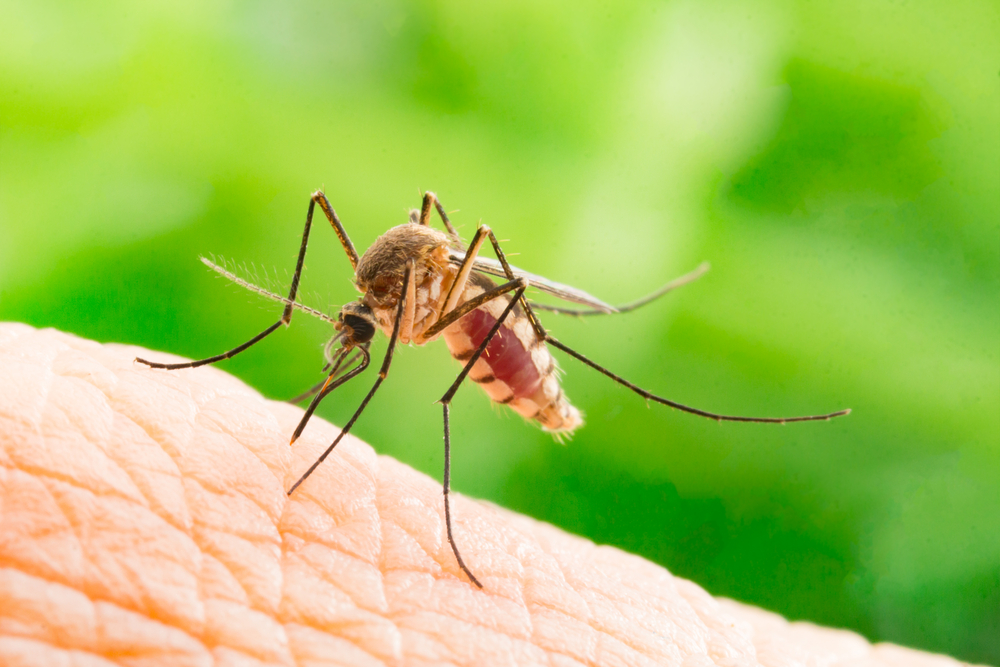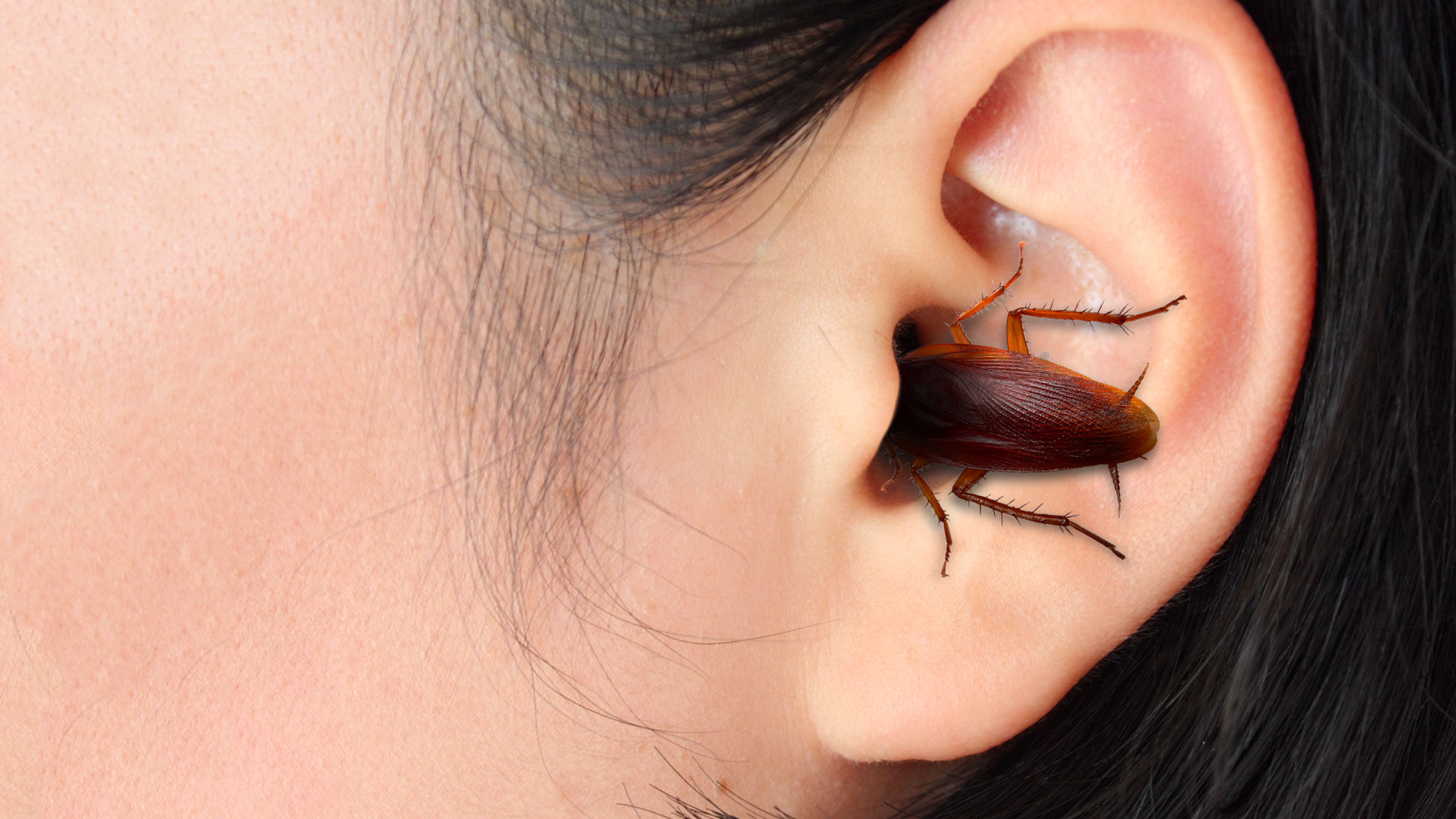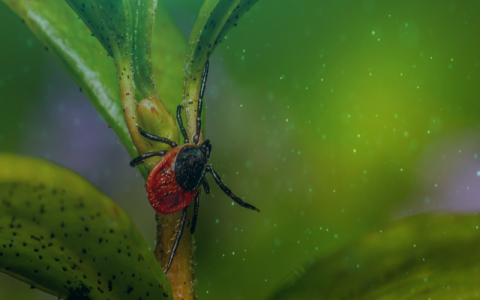Can Bugs Get Concussions?
Imagine a tiny creature, no bigger than your fingernail, going about its daily business. Whether it’s a beetle scurrying across your floor or a bee collecting nectar from a flower, bugs lead complex and fascinating lives. Fascinating, too, are the questions we might ask about these creatures—questions like, can bugs get concussions?
The idea of a bug experiencing a concussion might seem far-fetched at first. Our brains, after all, function very differently from those of insects. Yet, let’s delve deeper into the biological aspects of insects to see if such a phenomenon could occur.

Understanding Concussions
A concussion, in human terms, is a type of traumatic brain injury caused by a bump, blow, or jolt to the head or by a hit to the body that causes the head and brain to move rapidly back and forth. This rapid movement can create chemical changes in the brain, leading to various symptoms like confusion, headache, memory loss, or even a temporary loss of consciousness.
The Insect Nervous System
Insects have a simple nervous system, but it’s not as straightforward as one might think. Their brain, or what we consider their primary ganglion, is situated in the head, but it’s quite different from ours. Instead of having a large, centralized brain, insects have a series of ganglia—a type of nerve cell cluster—distributed throughout their bodies. This decentralization provides them with an incredible resilience to injury. If one part of the CNS (central nervous system) suffers damage, other parts can compensate to some degree.
Can Insects Suffer Concussions?
The possibility of concussions in bugs hinges on several factors:
-
Brain Size and Structure: Insect brains are much smaller and simpler than mammalian brains, with fewer neurons and less complex neural networks. This implies that any form of brain injury might not manifest in the same way as it does in humans.
-
Resilience of Insects: Insects can take quite a bit of physical damage and continue functioning due to the decentralization of their nervous system. For example, a fly can lose its head and still exhibit some basic life functions for a short time, thanks to clusters of ganglia in the thorax and abdomen.
-
Injury Response: When an insect experiences a blow or a fall, it might experience physical injury to its nervous system, but this doesn’t directly translate to the cognitive impairments we associate with concussions. Instead, it might lead to motor dysfunction or behaviors that could seem disoriented.
Symptoms and Observations
If we’re looking for evidence of a concussion-like state in insects:
-
Behavioral Changes: After an injury, you might notice a change in an insect’s behavior. It could become disoriented, fly erratically, or not respond to stimuli as it normally would. However, these changes could be attributed to many things, not just concussions.

-
Recovery Rates: Insects often demonstrate astonishing abilities to heal. If injured, they might not show long-term effects, thanks to their regenerative capabilities or simply due to their short lifespans.
Considering Practical Examples
Think about when you’ve swatted at a fly or a mosquito. Have you noticed any long-term effects on their flight patterns or behavior? While they might seem stunned or confused immediately after the impact, they usually recover remarkably quickly. This quick bounce-back underscores the difference between their injuries and what we understand as concussions.
Can We Find Parallel in Nature?
Interestingly, studies on arthropods, which include insects, have found that they can suffer from neurological damage due to physical trauma. Research on locusts, for instance, showed that certain types of brain injuries could lead to changes in behavior and hormone release patterns, though not directly analogous to human concussions.
In closing, while insects might not get concussions in the way humans or larger animals do, they can experience neurological disruptions from physical trauma. Their unique biology allows for a different kind of resilience, making what might be a devastating injury in humans, just a small hiccup in an insect’s daily life. When we think about the incredible yet underappreciated world of insects, it’s clear there’s much more complexity under those tiny exoskeletons than meets the eye.



